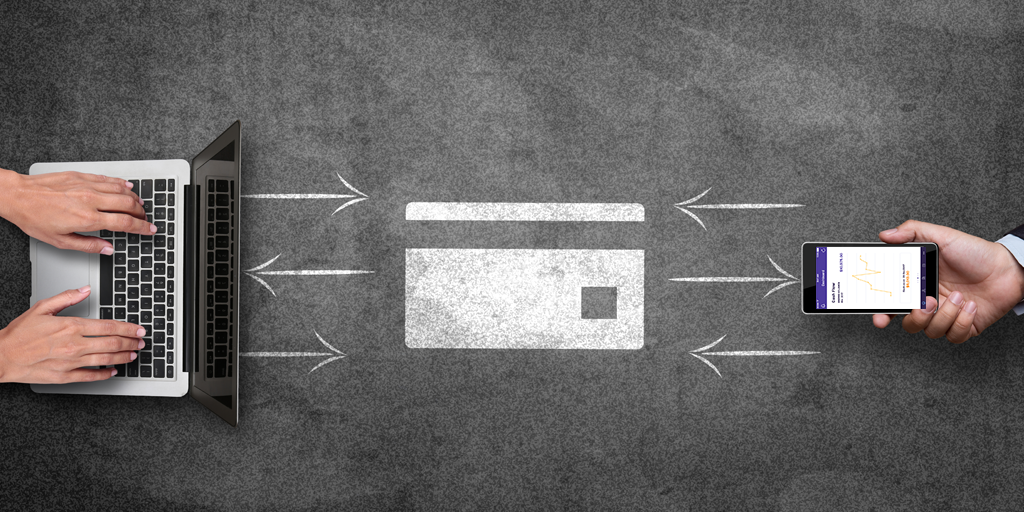A chargeback is a transaction where funds are transferred by an issuing bank from the merchant’s account to the customer’s account. A chargeback is initiated when a customer escalates a dispute against the merchant. Chargebacks are often encountered by e-commerce merchants, who should be aware of the different types of chargebacks and how to prevent them from negatively impacting their business.

Before diving into the different types of situations that can lead to chargebacks and the methods to prevent them, let’s read about the different types of chargebacks.
Card-present transactions
These are transactions where the customer is physically present during the credit/debit card payment. These are the everyday transactions where you walk into your local grocery store and pay for your items with your card.
Card-not-present transactions
These are transactions where the payment is made via card, but the cardholder is not physically present to provide the card for the merchant’s reference at the time of ordering. This makes it harder for the merchant to verify if the transaction is authorised by the cardholder. Most online payment, mail-order, telephone-order and fax-order transactions come under this category. Though CNP transactions are the most convenient for both customers and merchants, the possibility of fraud is higher than with card-present transactions.
Common reasons why customers file debit and credit card chargebacks
Customers are likely to file chargebacks in the following cases:
Shipping, quality, and refund issues
Customers are likely to file chargebacks if they’re unhappy with the product or service (for example, if the goods shipped by the merchant are defective) or if the customer fails to receive the product or service. Chargebacks are also filed when the customer initiates a refund after returning the product, but fails to receive the refund amount.
Credit card issues
Unauthorized credit card transactions are the most common cause for chargebacks. These chargebacks are often initiated when a credit card is used without proper authorisation.
Technical errors
Duplicate billing and incorrect billing can both lead to chargebacks. Duplicate billing occurs when a customer is charged twice for a single transaction by the merchant, or when the customer presses the PAY AMOUNT/PAY button multiple times. Chargebacks can also be filed if an error in the transaction processing causes a transaction to be declined by the issuing bank but the customer’s account is still charged.
How chargebacks affect merchants
If you have an increase in chargebacks, the reputation of your firm might suffer. Chargebacks are expensive for merchants, who pay a heavy penalty for them in addition to losing out on the income from the transaction.
How the chargeback process works
It’s important to be aware of the chargeback process and the steps you’ll need to take if a chargeback is filed by one of your customers.
When a chargeback is filed, the issuing bank first checks the authenticity of the complaint and either dismisses it or initiates the chargeback. The merchant has the opportunity to dispute the chargeback and provide proof of the transaction’s validity. Ultimately, if the chargeback is upheld as valid, the disputed amount will be deducted from the merchant’s account and credited to the buyer’s account.
Let’s take the example of Alex, who recently purchased goods worth Rs. 10,000 from an e-commerce merchant named Clark. Alex files a complaint with his bank, stating that he never received the goods.
The issuing bank checks the authenticity of the complaint and decides that not receiving goods is a valid reason for a chargeback. They initiate the chargeback process and notify Clark, who decides to dispute the complaint. Clark states that Alex did receive the goods, and he provides a packing slip for the shipment as proof.
Unfortunately for Clark, the packing slip is deemed unsatisfactory proof (a delivery receipt would have been much better) and the chargeback process continues. The issuing bank deducts the Rs. 10,000 from Clark’s account and credits it to Alex.
The chargeback process is tedious and often lasts for weeks. This is why it’s advisable to prevent chargebacks in the first place. Here are a few ways you can keep chargebacks in check.
How to prevent and manage chargebacks
For starters, it helps to be an honest merchant who sells good quality goods on time and provides proper customer support. Here are a few other tips to prevent chargebacks:
Provide detailed information to your customers
If you’re selling your merchandise online, make sure you provide exact images and descriptions for the products you’ve listed. Including your contact information, and your return and shipping policy, will help your customers contact you in case of any complaint instead of raising a chargeback request. Customers are likely to request chargebacks when they fail to recognize the charge on their credit card statement. So make sure that you list your firm’s name and an accurate description of the transaction to prevent any customer confusion.
Email your customers for confirmation
When you’re sending confirmation emails to your customers, make sure you include the invoice and shipping details of the order to avoid . In case the shipping address and the billing address are different, verify the card and customer details before initiating the sale.
Watch out for possible red flags
Keep an eye out for transactions involving multiple orders for expensive products, unusual bulk orders, or multiple orders placed within a short span of time. These are often warning signs of fraudulent card use. Multiple orders placed through different cards but delivered to the same address can also be a red flag.